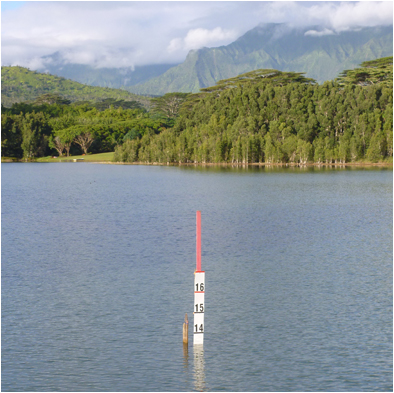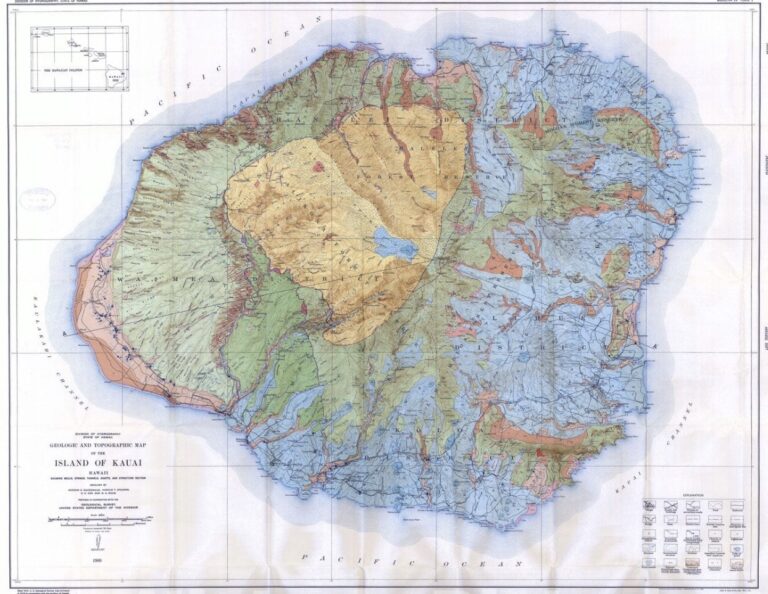My hometown is evacuated due to wildfires. Located in northeastern British Columbia, Canada, Fort Nelson has a subarctic climate that has severe winters, short summers, and extreme seasonality. It is lowland boreal forest, touting 30 percent of the world’s wetlands. Battling wildfires so early in the season seems unfathomable. Reduced snowpack, less moisture; times are changing.
I open my Facebook to see a livestream of my childhood friend saying he is saturating the perimeter of his home with water from a gravity-fed reservoir. Millions of gallons. Power has been shut off. It is May 10, 2024, and my entire hometown has been evacuated. He has chosen to stay behind and defend his property and dozens of dogs. World champions. He is a world dog sled champion. This is the lowest elevation community on the Alaska Highway, in northeastern British Columbia. This is wetland; this is muskeg. What ever happened to snow and spring-melt saturating the ground?
No, this is not a typical year. (What even is a typical year?)
I just so happen to be concurrently researching the Kalihiwai Reservoir situated on the north shore of Kauai, just above my current-day hometown of Kilauea, Kauai. The reservoir needs to be decommissioned if safety standards are not met. But is this the best move for our community’s future needs?
The reservoir is a surface water-catchment contained by an aging earthen dam, with too narrow of a spillway. The reservoir was built 104 years ago, after all, and has perhaps come to its final days, with a looming deadline for decommission. Its original use, intended for agricultural use, ensuring crops would get watered in times of drought. Resident-owned, the reservoir’s remediation costs are putting the Kalihiwai Ridge homeowners in the difficult position of having to initiate the process of draining the reservoir and taking down the dam. This is not a typical year.

Eight years ago, the Ridge homeowners and the easement holders voted to restore the dam and maintain the reservoir, what seemed like the best choice at the time. However, increasing costs and challenges with insurance, coupled with liability anxieties and difficult homeowner voting requirements have made it impossible for those involved to fathom remediation alone. Even the decommissioning cost has risen beyond what it was initially bidded to be for fixing it. A previous dam breach tragedy resulting in loss of life haunts the future of these projects.
What seems like the simplest fix is removing the dam and draining the water into the ocean via the Kalihiwai river valley. This direction is still at hefty cost, with consequences. Wildlife would need to relocate. Not just any wildlife – native endangered bird species like the Moorhen, Nene, Stilt, Hawaiian Duck and Coot. They could relocate. Not ideal, but doable, I suppose. This is not a typical year.
104 years of water storage in the reservoir area, now drained, adds pressure to the existing ground aquifers. The Kilauea and Kalihiwai underground aquifer systems have no alternative water sources in the area aside from rainwater. Finding ways to slow or hold some of this rainfall that moves over the surface of the land is a necessary adaptation to the aged volcanic island landscapes that is Kauai. In times of drought or flood, a water catchment serves a purpose.
The Kauai Water Use and Development plan draft states the significance of ground water – which is from below ground aquifers – and surface water – which is from lakes, streams and reservoirs -uses for the Kailihiwai and Kilauea aquifer systems: “Sources of water should be explored to meet future agricultural water needs. Surface water, where available, should be used to meet non-potable demands in lieu of ground water. Caution should be exercised before committing to large quantities of ground water use for agriculture. Further, it is typically recommended that ground water sources be primarily used as potable drinking water for human consumption, and therefore, it is encouraged that other sources of water be explored to meet future agricultural water needs.”
The reservoir serves so many potential future needs, it is difficult to face the potential of losing it. Our community of Kilauea was never meant to survive the Sugar Plantation exodus. However, here we are. Moving forward, working with what we have is easier than building a new water system. Unnecessary pressure on the drinking water aquifers to support agricultural needs is short-sighted. Reserving our drinking water capacity for what it was intended to be used for, means we can consider our housing needs, and expand our own agricultural capacities.
Water is the lifeblood of our communities, our means to feed people, create economic opportunities, and be prepared in the event of severe drought and the increased risk of wildfire.
There is already an agricultural center in Kilauea that could expand its capacity to grow food from 5 acres up to 70 acres if given access to the reservoir’s surface (non-drinkable) water for irrigation. Water is life.
Here in Hawaii, the notion of ‘Ola I Ka Wai’ or ‘water is life’ is deeply revered. Clean water IS wealth. We co-evolved with water. The combination of aquatic habitat and plant-life that supported marine life meant that our diets naturally began to include brain–building foods rich in Omega 3’s. Perhaps these are some of the reasons we are seemingly hard-wired to be attracted to water, and why against all odds, I still hope we can find a way to steward the reservoir, the source of lifeblood that will help us adapt to all future possibilities. After all, what even is a typical year?

Are you a homeowner on the Kalihiwai Ridge?
Get on the email list for Ridge owners by writing [email protected] & stay up to date with upcoming events or possible vote announcements regarding the outcome of this reservoir.
Ridge homeowners are invited to attend the Kalihiwai Ridge Community Association annual meeting this Saturday June 1st at 10:00 am, at the Kilauea AG park – located at 4045 Kīlauea Road, Kīlauea, HI
Not a Ridge Homeowner but still care to add your voice to the conversation?
The Commission on Water Resource Management is accepting written testimony until June 4, 2024 to help create a community-driven guide for the conservation, protection and regulation of the island’s water resources. Testimony can be submitted in the following ways:
Mail to: Commission on Water Resource Management, Department of Land and Natural Resources, P.O. Box 621, Honolulu, HI 96809.
E-mail: [email protected]. Fax: 808-587-0219
Mahalo nui loa for your consideration and care on this important matter.
Garden Ponds is located in Kilauea, next to Anaina Hou Mini Golf. We are open Wednesday through Friday, noon to 5 p.m. and Saturdays we are open 10-5 in conjunction with the Farmers Market. Give us a call at 808-828-6400, email us at [email protected] or visit our website at www.gardenpondskauai.cotSa

